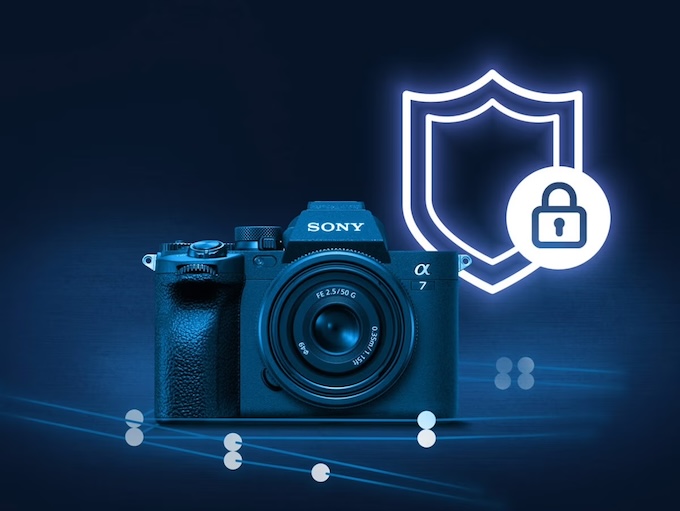Industry News
The growth of generative AI has accelerated the proliferation of fake news. Could the solution start with authenticity signatures inside cameras? A report from Nikkei Asia suggests Canon, Nikon and Sony are all working to embed digital signatures into images as they are taken. The signatures could then be used to verify that the images were not created by artificial intelligence.
While Leica’s newest camera, the M11-P, is the first camera to use built-in content credentials, the luxury brand is out of reach for many photographers. If the top three brands behind a majority of camera sales were to follow suit, however, embedded digital authenticity signatures could become the norm.
While a Sony representative said the company could not discuss products currently under development, the company already shared last fall with the Associated Press that it was testing in-camera authenticity technology. Sony said the tool adds a digital signature at the moment of capture, for “professionals wanting to safeguard the authenticity of their content and provides an extra layer of security to aid news agencies in their fight against falsified imagery.”
“While the rapid evolution of generative AI (Artificial Intelligence) brings new possibilities for creative expression, it has also led to growing concern about the impact of altered or manipulated imagery in journalism,” Neal Manowitz, President and COO of Sony Electronics said in the November press release about the testing. “The dissemination of false information and images has real world social impact that brings harm not only to our photojournalist and news agency partners, but to society as a whole. We care deeply about this challenge and are committed to using our resources to help solve it. Through Sony’s work on the steering committee for C2PA (Coalition for Content Provenance and Authenticity), we have helped set the current industry standard for the tracking of editing and manipulation of imagery. Additionally, our in-camera authenticity technology has shown valuable results, and we will continue to push its development towards a wider release.”
Sony also noted that the testing process included ensuring the authenticity signature remained intact throughout the workflow process aided by Camera Bits, the company behind Photo Mechanic. Sony said the tool was expected to launch with a firmware update to the A9 III, A1, and A7S III in the Spring of 2024.
The report suggests that Canon is working on a similar tool to launch as early as 2024, including an authenticity stamp for video and a tool to read those authenticity signatures. Canon declined to comment about future product plans.
The report also suggests that Nikon is working on similar technology; Nikon did not respond to a request for comment.
An authenticity stamp buried in the metadata only does good if viewers are easily able to easily see that data, but several tools already exist for analyzing an image’s metadata. Whether viewers will actually take the effort to check the authenticity of an image before hitting that share button is another issue, but incorporating tools into widely used platforms could be the answer. Google Search, for example, now has an About This Image tool that helps determine if a photograph is real.
While flagging fake news through missing content credentials could help the widespread public, such technology could also work in a photographer’s favor. Embedding proof the image came from a camera and not a computer could potentially be used for applications from fine art sales to vetting the images submitted to photo contests.
Without confirmation from the companies on the reported technology, however, a number of questions remain, including how digital signatures are affected by Photoshop edits.
Camera 101
Essential Retouching Workflow
The Retouching Series
The Photoshop Masters & Lightroom Masters Bundle
The Chris Orwig Bundle




